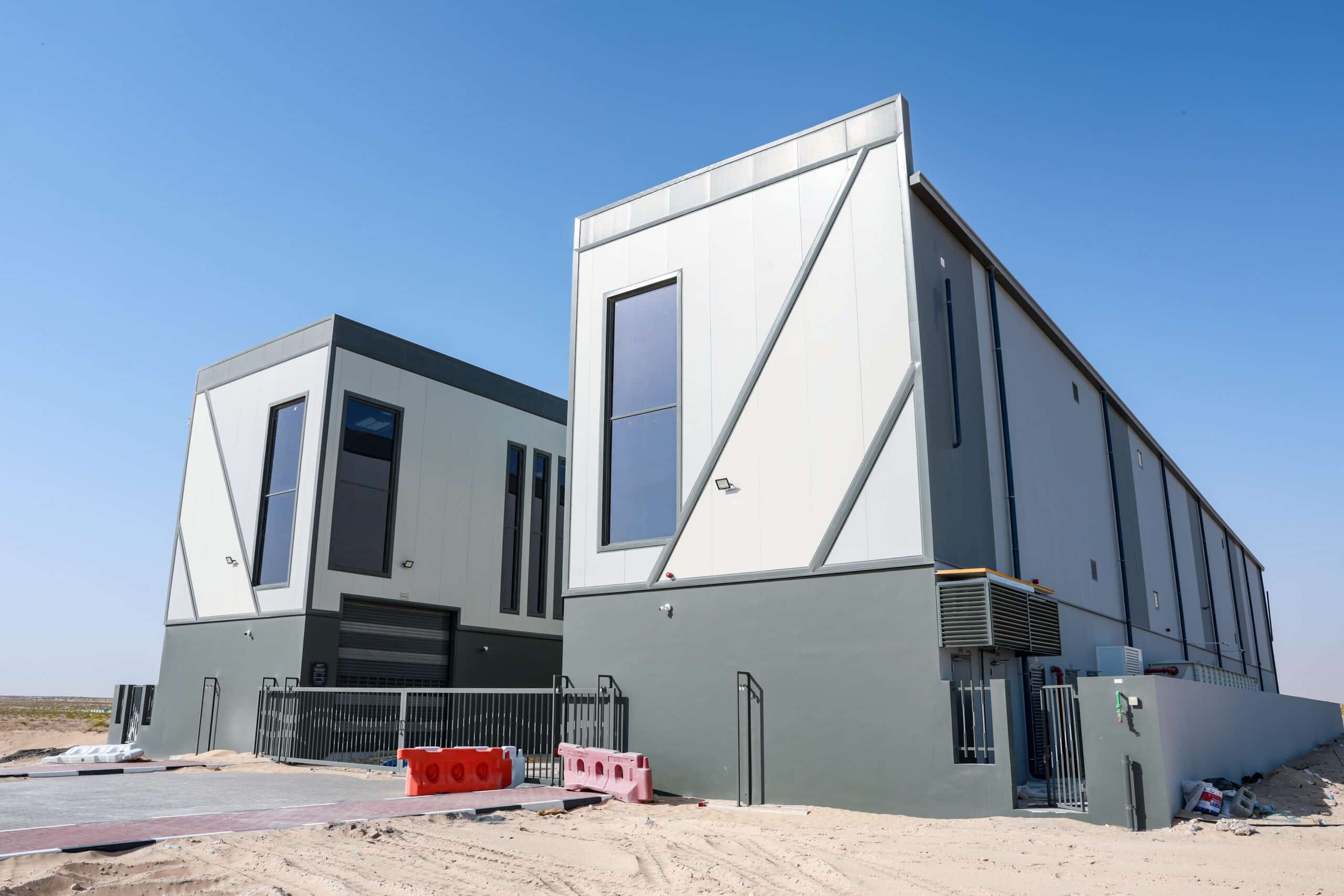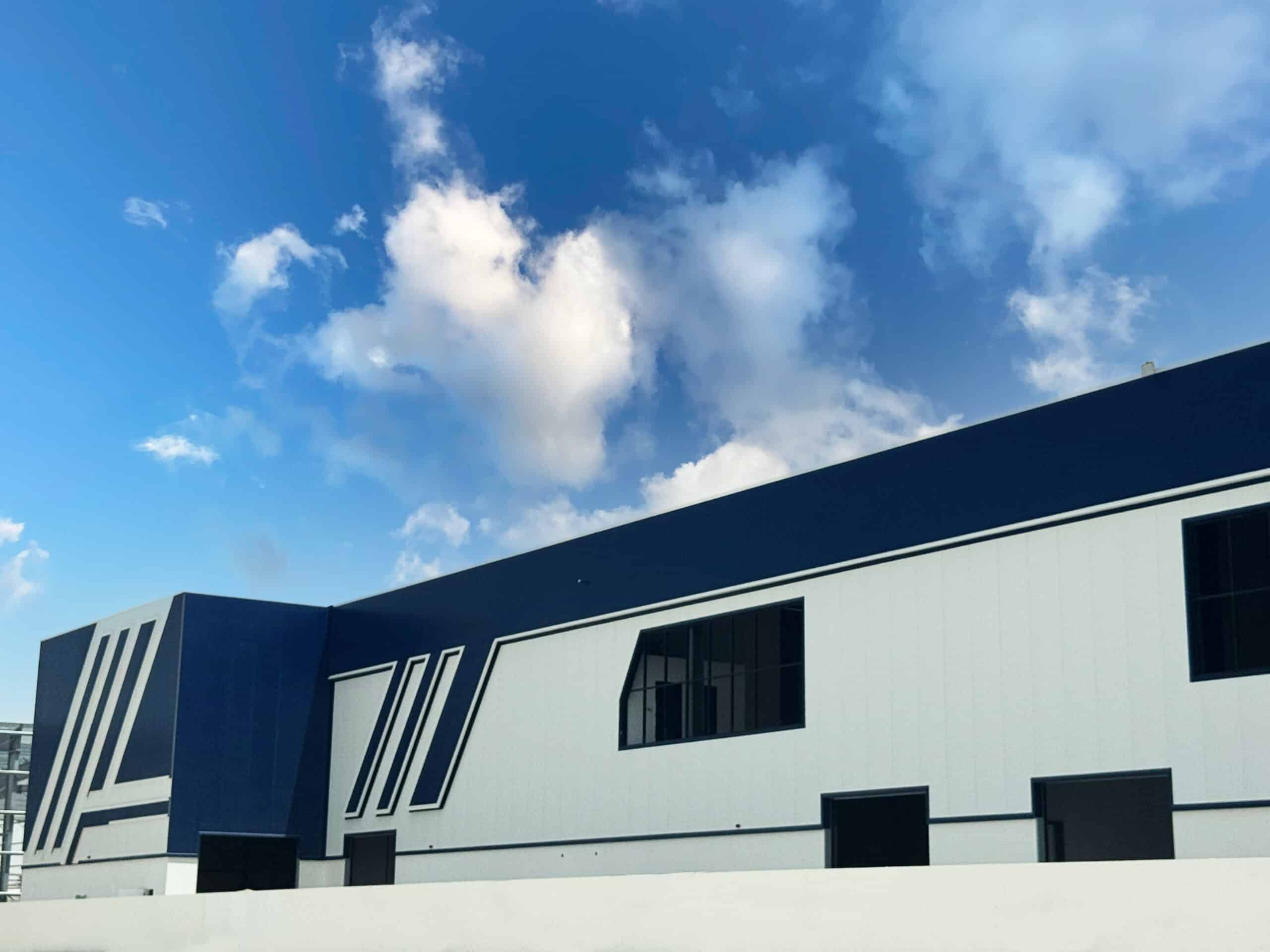Introduction
Did you know that according to IHS Markit, there are now over 1 billion CCTV cameras worldwide, and China alone accounts for more than half of them? As cities become smarter, and industries — from local shops to massive steel frame construction companies — boost security, CCTV has become an everyday part of our lives.
Yet despite seeing cameras everywhere, many people still ask: what is CCTV, how does it actually work, and what do those blinking lights, DVRs, and fancy lenses really do?
In this guide, we’ll unpack it all: what a CCTV camera really means, how footage is captured, what makes modern systems smart, and how to handle CCTV installation, whether for your house, office, or a big CCTV installation Dubai project.
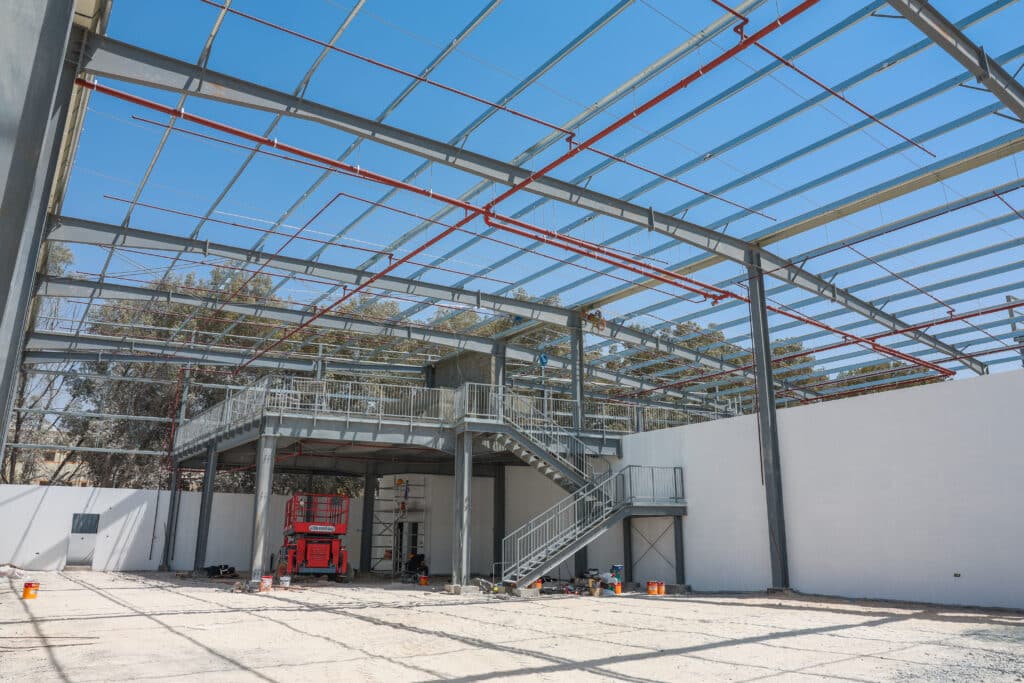
What Is CCTV?
So, what is CCTV exactly? In the simplest terms, CCTV is a video surveillance system where cameras record video and send it to a specific set of screens or devices. Unlike normal TV, these signals don’t go out for everyone to see — they’re “closed-circuit.”
What is the meaning of CCTV camera
The meaning of CCTV camera is straightforward: it’s a camera designed to capture video for security or monitoring purposes, only within a private network. So, if someone talks about a “CCTV camera,” they mean a camera used in a system that isn’t meant for public broadcast.
Brief history of CCTV
Believe it or not, the first versions of CCTV date back to the 1940s when engineers used it to monitor rocket launches in Germany. Fast forward a few decades, and businesses used it to watch cash registers. Today, you’ll find CCTV in homes, hospitals, airports — even on construction sites for steel construction and energy plants.
Read our guide: Steel Construction – A complete guide
Modern uses and applications
Modern CCTV does way more than just record. It can detect motion, recognize faces, count people, and send alerts to your phone. This makes it super handy not just for crime prevention but also for things like traffic control and research in crowded public spaces — big wins for any smart city project.
Key CCTV Components
Let’s look at some key bits that make CCTV work.
What is DVR in CCTV
One term you’ll hear is DVR — which stands for Digital Video Recorder. So, what is DVR in CCTV? It’s the device that saves all the footage your cameras capture. Older analog cameras usually need a DVR. The DVR compresses and stores video, and sometimes lets you watch it live or later.
In modern setups, people often go for NVR (Network Video Recorder) instead, especially for IP CCTV camera systems. NVRs are designed to handle digital video streams, often over WiFi or Ethernet cables.
What is varifocal lens in CCTV cameras
Next up: what is varifocal lens in CCTV cameras? A varifocal lens lets you manually adjust the zoom and focus on a camera. So instead of being stuck with a fixed view, you can fine-tune how close or wide your shot is. Handy for flexible monitoring — like zooming in on a gate or widening out for a whole parking lot.
What is the red light on CCTV camera
Ever noticed a tiny red dot on a camera and wondered: what is the red light on CCTV camera? That light often means the camera’s night vision infrared mode is active — so it can “see” in the dark. Some cameras keep it on to show they’re recording; others use it purely for night mode.
How CCTV Works
So how does all this tech come together? Let’s break it down.
Analog vs. Digital vs. IP Systems
CCTV comes in three main flavors: analog, digital, and IP.
- Analog: Old-school. Uses coaxial cables and DVRs. Cheap but lower resolution.
- Digital: Modern. Video is converted to digital signals and stored directly.
- IP CCTV camera systems: These are the smartest. IP stands for Internet Protocol — meaning the cameras can send high-quality video over the internet. They work well with smart features, remote monitoring, and can even run off Power Over Ethernet (POE).
IP systems are now popular for big commercial sites, like steel frame construction companies that want reliable, clear footage of large building areas.
How CCTV footage is recorded and stored
Depending on your system, the footage goes to a DVR or NVR. Many setups also use cloud storage or hybrid storage, so you can access video from anywhere, even your phone.
Network monitoring and smart software
Modern CCTV isn’t just cameras and recorders — smart software helps analyze video in real time. For example, it can detect unusual movements, recognize number plates, or alert you to someone lurking in a restricted zone. This is exactly the kind of thing that makes CCTV vital for smart city designs.
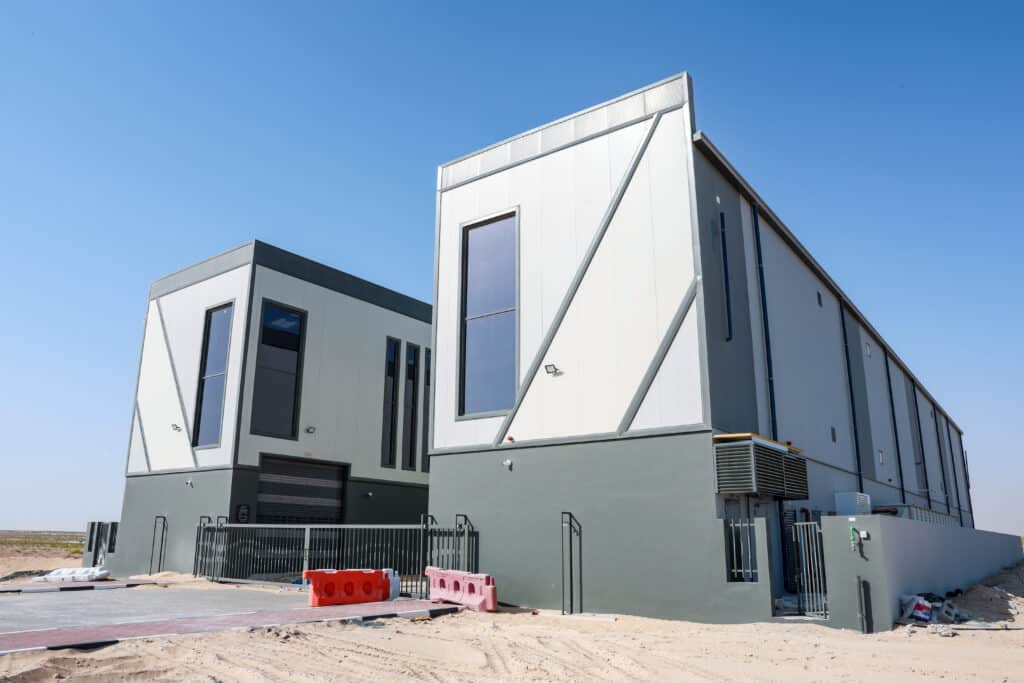
CCTV Applications and Benefits
Alright, what can you actually do with a CCTV system?
Crime prevention and law enforcement
This is the big one: stopping bad guys. Cameras discourage thieves and vandals, and if something does happen, you have evidence to help police.
Disaster and emergency response
Firefighters, rescue teams, and security staff can use CCTV to see what’s happening during emergencies — even in dangerous areas where people can’t safely go.
Medical monitoring and behavioral research
Hospitals use CCTV to watch over patients — especially the elderly or kids. Some advanced systems even spot signs of distress, like a patient having a seizure.
Retail intelligence and business insights
Stores aren’t just using CCTV to catch shoplifters. They analyze footage to see how customers move around, which aisles are busiest, and when crowds peak. This data helps stores plan promotions and staff shifts better.
CCTV Camera Installation – How Does It Work?
You’ve got the cameras — now you need to set them up. Here’s how CCTV camera installation typically goes:
Planning and placement of cameras
A good installer will map out blind spots and high-risk areas. For example, a steel construction site might place cameras at entrances, storage areas, and around valuable equipment.
Wiring and power supply
Next comes running the cables (or setting up WiFi for IP cameras) and hooking everything up to a power source. Some setups use Power Over Ethernet, which powers the camera through the same cable that transmits video.
Setup of recorders and monitors
Once the cameras are connected, they’re linked to DVRs or NVRs and tested. Monitors display live feeds, and software settings like motion detection get fine-tuned.
Testing and maintenance
Finally, the system is tested — checking angles, focus, and night vision. Regular maintenance keeps everything sharp, which is crucial for businesses and big projects like Green Energy sites.
Read our guide: How Do Green Buildings Save Energy
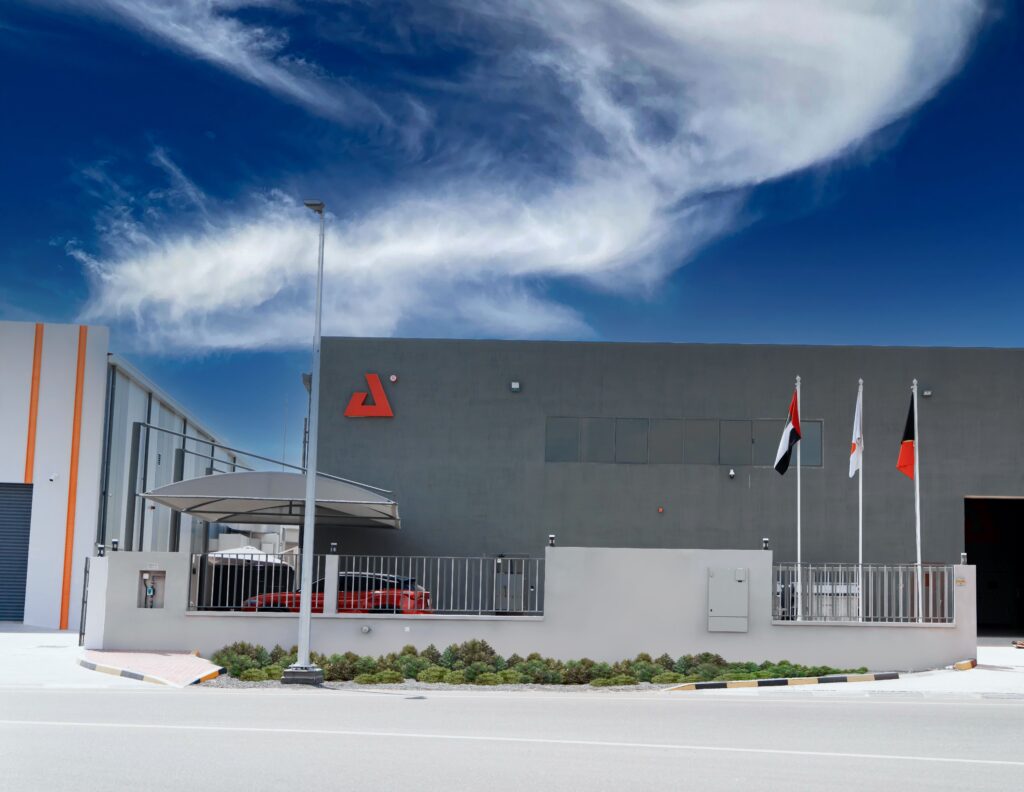
CCTV Installation Dubai
If you live or work in the UAE, you’ve probably seen that CCTV installation in Dubai is booming. Why? Because the city’s rapid growth and its push to become a top-tier smart city make reliable security a must.
Here’s what to know:
- Hire certified pros: Local laws often require licensed contractors for CCTV installation Dubai.
- Privacy laws: Be aware of where you can legally record — for example, never in private restrooms or changing rooms.
- Brands and services: Dubai has plenty of reputable vendors offering tailored solutions for homes, offices, and massive commercial sites — including options for integrating CCTV into Green Energy projects and steel frame construction companies.
Conclusion
CCTV has come a long way from grainy, old black-and-white monitors to today’s powerful, smart, and connected systems that help secure everything from cozy family homes to sprawling steel frame construction companies and high-tech smart city districts. Now that you know what is CCTV, what the red light on your camera means, and how parts like DVRs and varifocal lenses work, you can make smarter decisions about protecting what matters most.
Whether you’re considering a simple camera setup for your backyard, a full-scale CCTV camera installation for your business, or even planning a complex CCTV installation Dubai style for a mega project, understanding the basics — and the powerful technology behind it — puts you ahead of the curve.
In a world where security and efficiency often go hand in hand with progress and Green Energy goals, well-planned CCTV systems remain a trusted, watchful eye. So next time you spot that blinking red light, you’ll know exactly what it’s doing — and why it’s there to keep you safe.
